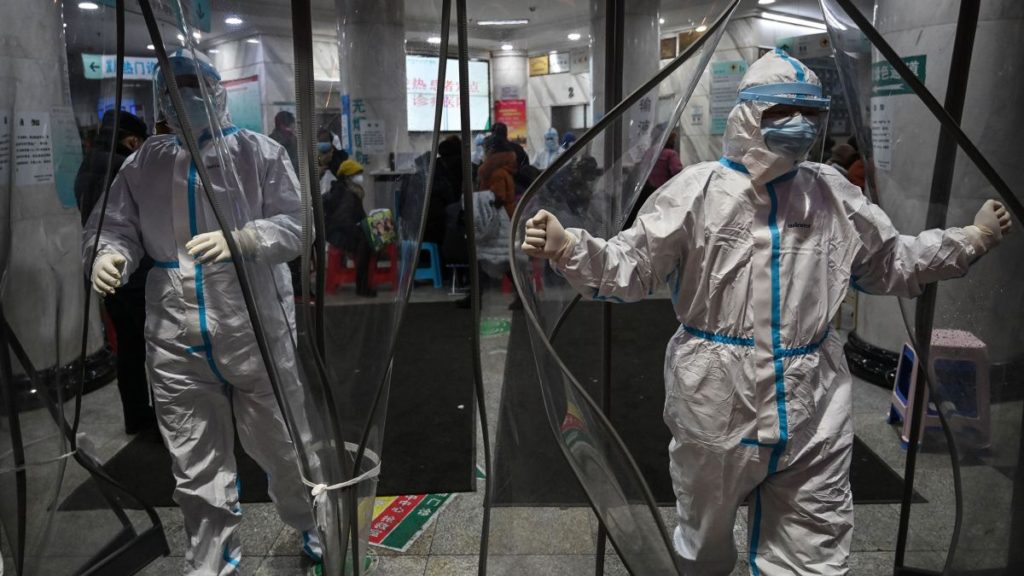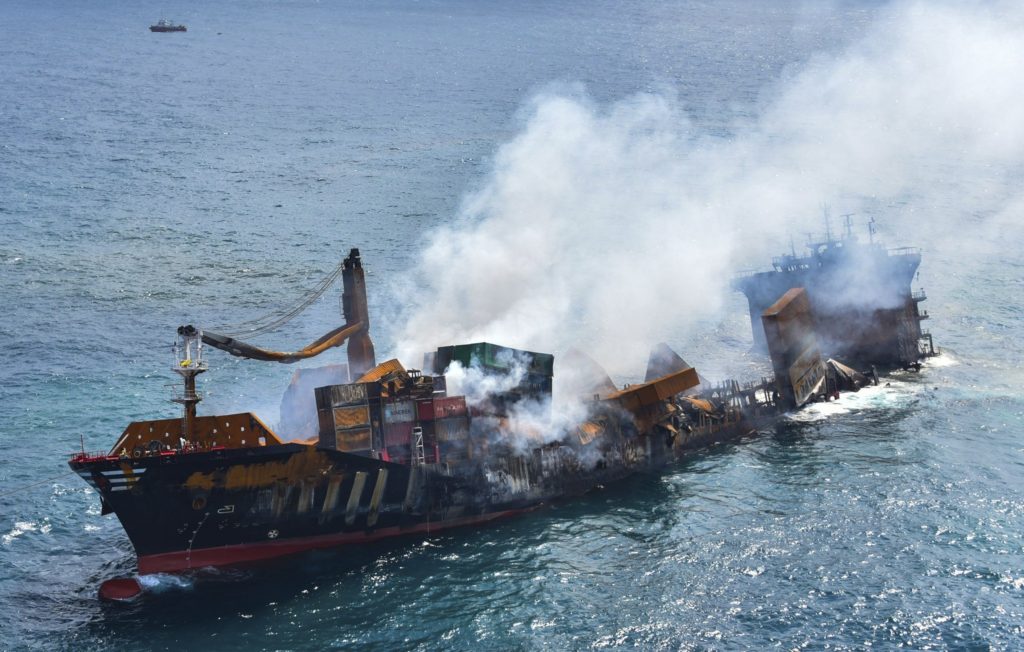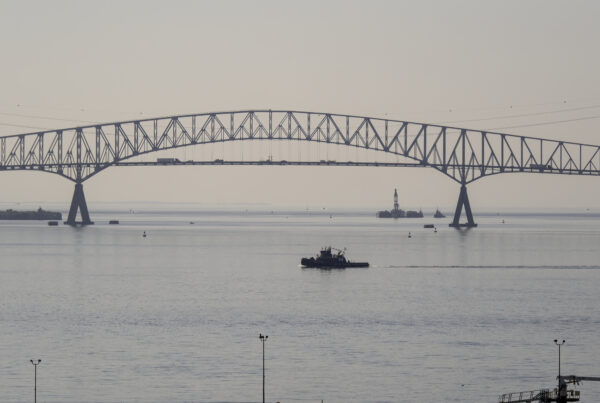Long-Tail Risk? There Is No ‘Normal’ Distribution Anymore
In 2021, regional bottlenecks have wreaked havoc on global trade. The shock of events like the Suez blockage and the ongoing COVID outbreak in South China continue to reverberate. The fire and sinking of the X-Press Pearl have environmental impacts that will be felt for centuries. Localized shipping incidents and disruptions in shipping are creating global impacts. How will they play out as we head into Peak Season in August?
CargoTrans’ Insurance Awareness Month continues, so let’s discuss the ongoing risks associated with these events and their possible effects on how you ship.
Yantian COVID Outbreak
On May 21, Yantian International Container Terminal (YICT) imposed stringent disinfection and quarantine measures to combat the spread of the Delta variant of COVID 19 that was discovered among port staff and throughout the region. The operational interruption extended to the nearby ports of Shekou and Nansha in Guangzhou, which also face virus restrictions. More cargo is piling up at the ports and nearby warehouses as carriers omit Yantian from their sailing schedule.
With operations running at roughly 30% of normal capacity, the ports’ backlogs are growing steadily. It is unclear when regular service will return to normal and some local factories are beginning to pause operations. Most of the world’s electronic gadgets are produced in the greater Shenzhen area and 25% of all Chinese-origin U.S.-bound traffic flows through Yantian. This is not a minor interruption.
Increased congestion and vessel delays will worsen the container shortage and shippers will struggle to find an alternate outlet for their goods if they try to truck it out of the southern region. Joyce Yang, head of program management at Maersk Asia-Pacific, said it could be “a few weeks before the situation [gets] back to normal” at Yantian if COVID 19 measures are successful. Downstream impacts will last beyond the resolution of the local crisis.

It’s Bigger Than Ever Given
When the Ever Given took a turn for the worse, the Suez Canal’s daily flow was 55,000 TEU. Times six (the amount of days Ever Given blocked the canal), that’s 330,000 TEU in total. Let’s do the math on Yantian alone (it’s not the only port affected).
In 2020, Yantian handled 13.3 million teu, or 36,400 teu per day and port volumes have continued to grow. Working at 30% operating efficiency means 25,500 TEU per day have been held up at the port. How many days have passed since May 26th? The Suez Canal incident may look like a drop in the bucket.
“Shippers should not underestimate the magnitude of the coming ripple effects,” according to Lars Jensen, CEO of Danish consultancy Vespucci Maritime.
Ripple Effects
The increasing congestion on China’s southern ports is negatively impacting trans-Pacific on-time vessel performance, which, according to Sea-Intelligence Maritime Analysis, was at 22.2 percent to the US West Coast in April. With reliability numbers as low as they have ever been, nobody will welcome a continued downward trajectory.
Taiwan, which itself is combatting its worst Covid 19 outbreak to date, showed that human error rather than infectious disease can also disrupt port operations. Two container ships collided at the Port of Kaohsiung on June 3rd, bringing down one ship-to-shore crane and badly damaging another.
The hits just keep on coming.
And It’s Hitting US Shippers’ Wallets
If it’s not a problem at origin, we have the same problems stateside. Carriers that had established Transpacific express service to Oakland to avoid LAX congestion are now coming up against a Bay Area congestion problem that has them diverting their traffic to… LAX.
Record rates are on tap in the weeks ahead because of the Yantian fallout. U.S. ports continue to suffer from inadequate ground handling and port trucking capacity remains at critically low levels. A bright spot of resilience through the pandemic: LAX terminal is celebrating a record 10 million+ TEU throughput over the last 12 months.
Transpac rates continue their path on the graph up and to the right and container availability is not improving. If you want to know the going rate/space situation ask us for the very latest.
One Of Sri Lanka’s Worst Ever Marine Disasters
The X-Press Pearl, a Singapore-registered vessel, became a raging fire for two weeks. The fire destroyed most of the ship’s cargo, including 25 tons of nitric acid and other harmful chemicals.
Environmentalist Dr Ajantha Perera said,”With all the dangerous goods, the nitric acid and all these other things, and the oil in the ship, if it’s sinking it will basically destroy the whole bottom of the sea.” Fears that chemicals and hundreds of tons of oil from the fuel tanks could leak into the sea came true. Sri Lanka tried to tow the vessel further from shore, but oil, chemicals and plastic pellets from the sunken ship have already spread to beaches all the way to India.
How Does This Happen?
According to Tim Hartnoll, executive chairman of X-Press Feeders, poor packaging was responsible for the acid leak and subsequent fire. The crew of the Pearl detected the problem thousands of miles away in the Arabian Sea.
After detecting the leak, the ship’s captain contacted two ports, Hazira on the west coast of India, and Hamad in Qatar. They requested to offload the leaking containers but were denied entry so the ship tried its luck in Sri Lanka.
There has been widespread public anger that Sri Lanka authorities allowed the vessel to enter its waters after it was rejected by two other nations. Could Qatar or India have prevented this catastrophe?
“It was a case of not in my backyard syndrome,” Hartnoll said.

Container Shipping’s Biggest Threat Is A Fire Onboard
In a November report from Gard, the maritime insurer, it was noted that a fire involving containerised cargo now happens on average every two weeks.
Gard was also helpful enough to outline the three main reasons for fires in containers at sea:
- Self-heating charcoal
- Chemicals incorrectly packaged and/or declared
- Batteries
Chemical Fires Happen
Should something unforeseen happen to your cargo while in transit, the best protection available to help you recover in the event of a loss is insurance. Not only should you be educated about the coverage of your policy but you should also have full confidence in the team that will process your claim.
CargoTrans’ market power and strong relationship with insurance brokers provides our partners with coverage and services not available elsewhere. We facilitate the necessary processes to keep your coverage up to date so that you are able to focus on your business. Our experienced insurance brokers will act immediately on your claim and handle them quickly and professionally with minimal effort required on your part.
Insurance Is A Necessity, Not A Luxury
You don’t need to hear about the latest shipping disaster to know that protecting your financial interests is as important as ever. The risks haven’t changed. We believe cargo insurance is a vital part of any shippers’ transportation priorities.
As your transportation service provider, CargoTrans wants to know that our partners are covered. We negotiate special rates and coverage with our insurance carrier. We are able to tap into special insurance markets when the situation calls for it, most commonly when a risky or high value commodity is involved. It is important to know that you have the right policy and are informed and confident in the team that will come to your aid.
We encourage you to take advantage of our cargo insurance program. Have a conversation with our team members to gain a better understanding of how and why your goods should be protected against the perils of transit.
If you have any questions regarding insuring your shipments, all you need to do is contact us.





